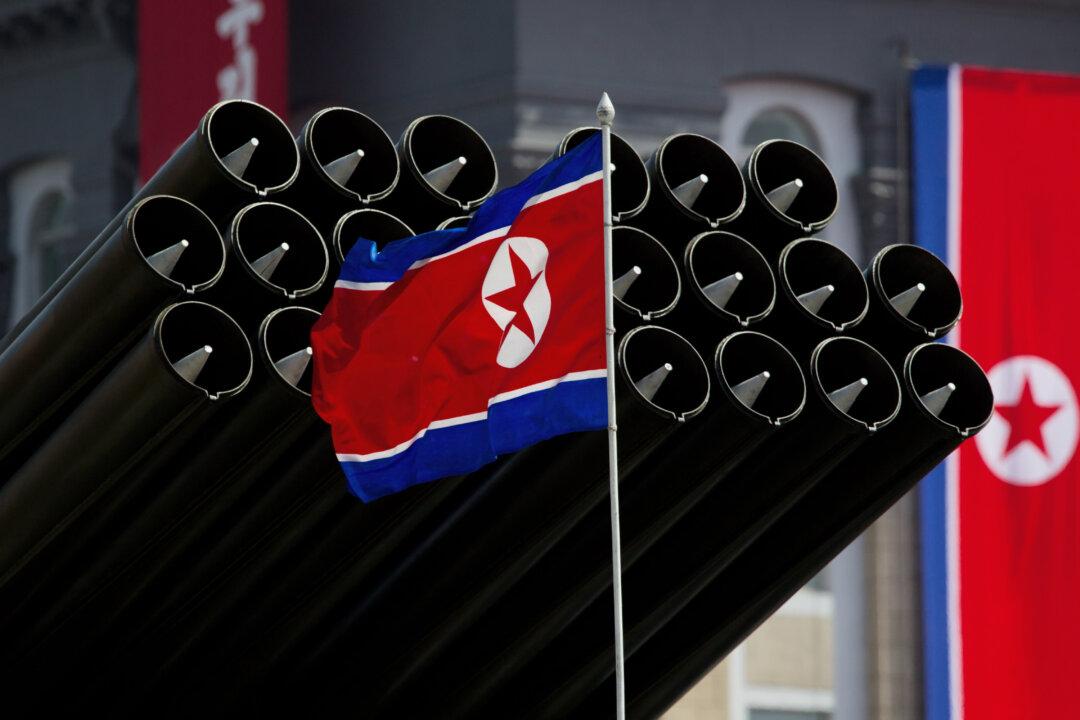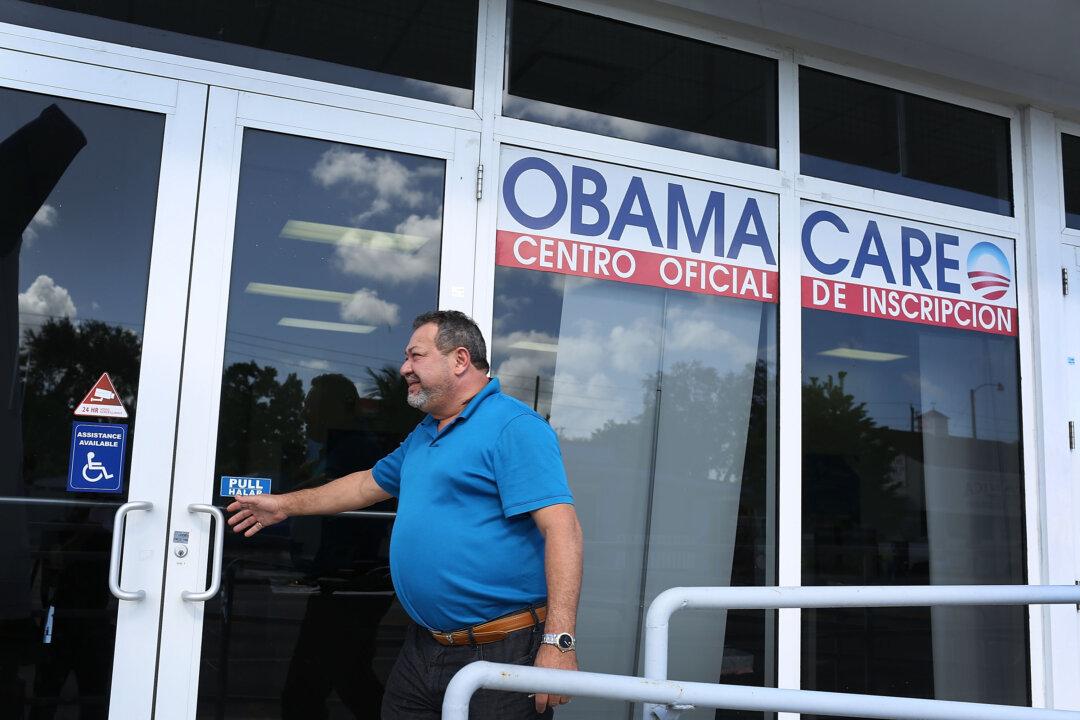North Korea banned U.N. nuclear inspectors from Nyongbyon in 2009.
Suspicious Activity Reported at North Korean Nuclear Site
Satellite images show suspicious activity in a North Korean lab that could separate plutonium for nuclear weapons said a U.S. website that monitors sensitive sites on April 4.

A North Korean flag before missiles at a military parade to mark 100 years since the birth of the country's founder Kim Il-Sung in Pyongyang on April 15, 2012. Ed Jones/AFP/Getty Images
|Updated:



